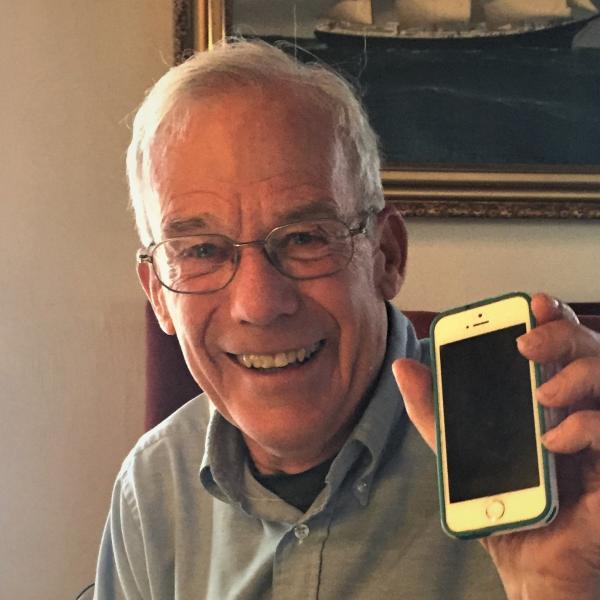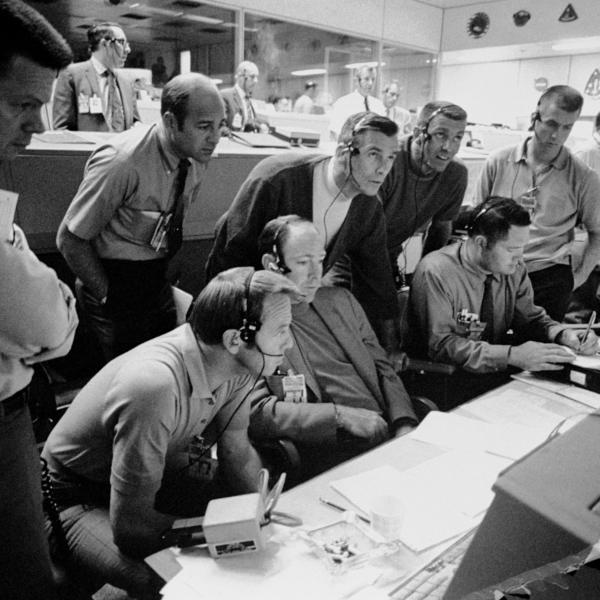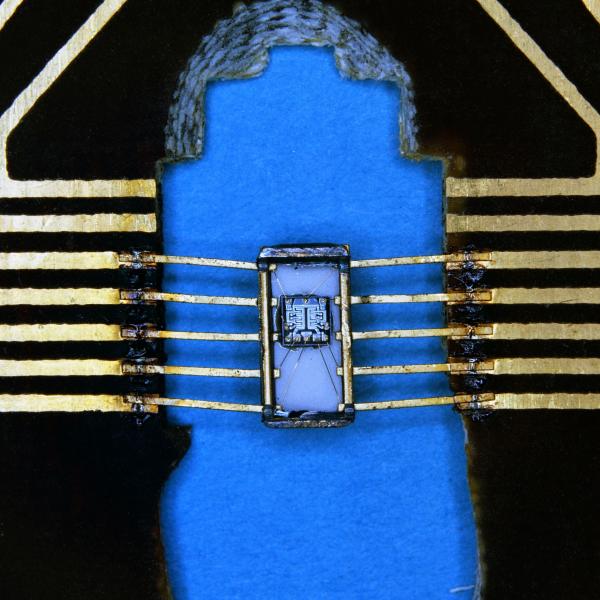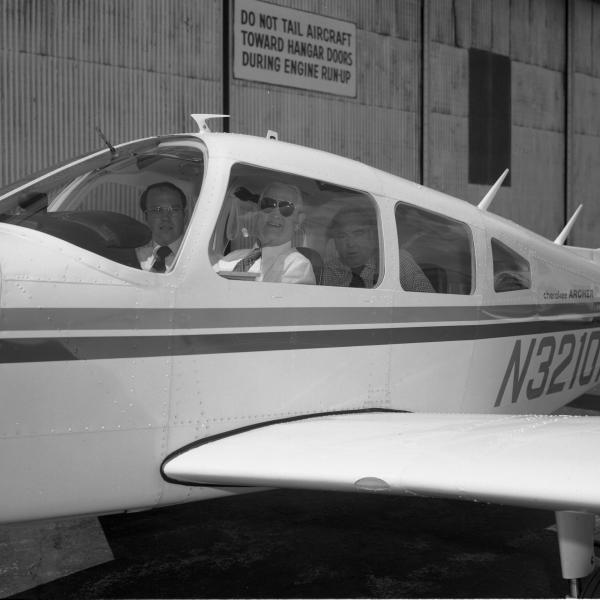
In Their Own Words: Bill Widnall on Digital Autopilot
During the development of the spacecraft and guidance computers for Apollo, engineers were constantly challenged to reduce weight and increase efficiency.
In 1964, a major bold decision was made to add the attitude control function (known as Digital Autopilot or DAP) to the Apollo guidance computers in the Command Module and the Lunar Module. In the initial Apollo system designs, responsibility for spacecraft attitude control was assigned to more conventional analog stability and control systems. Prior to Apollo, aircraft and piloted spacecraft had never been flown with direct digital control. Why make this seemingly risky change? One of the engineers contributing to the design and development of the digital autopilot control laws and software was Bill Widnall who explains the case for the DAPs:
"Why the digital autopilot? At first, integrated circuits were in their infancy. Get one or two transistors on a chip and reliability was questionable, but meanwhile, every couple of years, capability was developing and, by the time that they did make the decision to trust the on board computer, the reliability of the integrated circuits had grown enough that you could believe that a computer would be reliable enough to not fail. So at that point they said OK we can simplify and eliminate unnecessary redundancy within the analog stability and attitude control system to get that weight off the spacecraft and can put the primary responsibility for attitude control inside MIT's computer. That was the birth of the digital autopilot. That's about the time I came aboard. It had to be completely debugged. So that gave rise to an expanded requirement for our simulations to check out the software. We had to have mathematical models for what the bending modes were of the Command Service Module docked to the lunar module. What's the effect of fuel sloshing in the tanks? Things you didn't have to worry about if you you're just doing navigation and guidance in the sense of where should you point the spacecraft while you're firing the engines.
My first assignment was to join the group that was developing the ground based all-digital simulation of both the CM and LM guidance computers and their interaction with the dynamic environment. My tasks included developing the mathematical models for the added dynamics of concern for testing a digital autopilot, such as docked-configuration bending modes, fuel slosh, attitude thruster performance, main-engine gimbal characteristics. Others had developed an exact emulation of the guidance computer characteristics including its instruction set, word length, and execution timing. This all-digital simulation was the essential tool for developing and testing the flight software for all the mission phases."
After working with the Apollo Digital Simulation Group, including a period as the head of the group, Widnall was asked to head-up the Apollo Control and Flight Dynamics Division, overseeing the final design and software testing of the digital autopilot programs in the guidance computers. Widnall became concerned that there was no backup capability if the Apollo spacecraft Service Module single main engine were to fail before establishing the return-to-earth trajectory. Could the Lunar Module be used to push the combined docked configuration? He explored adding a "lifeboat mode" to the Lunar Module DAP software, to give it the ability to do attitude control of the docked configuration using thrust vector angle control of the LM descent propulsion engine. Using some of the new developments in optimal control theory he was able to develop the nonlinear optimal control law that made accurate control of this configuration feasible. And for the Apollo 13 crew it's a good thing the lifeboat mode was available. During their life and death emergency in which the CSM experienced a catastrophic explosion, the crew had to escape into the LM not only to stay alive, they needed oxygen and other life support, but also to navigate themselves around the moon and back to earth.
Widnall recalls, "NASA is asking us, 'How are we going to get them back?' This capability was used to fine tune the trajectory to swing around the moon using the gravity of the moon to pull you back towards Earth and then to alter that trajectory very accurately to speed up the return and to target for the atmosphere reentry of the Command Module at the appropriate point and with a safe reentry angle to set up splashdown near the waiting fleet in the Pacific. Getting that entry corridor right, that's critical. If you come in too steep, you burn up like a shooting star. If you come in too shallow, you skip out into some unknown fate. It has to be just right."
We can all thank Bill Widnall and the Draper's MIT team for their invaluable "Why Not?" thinking.



